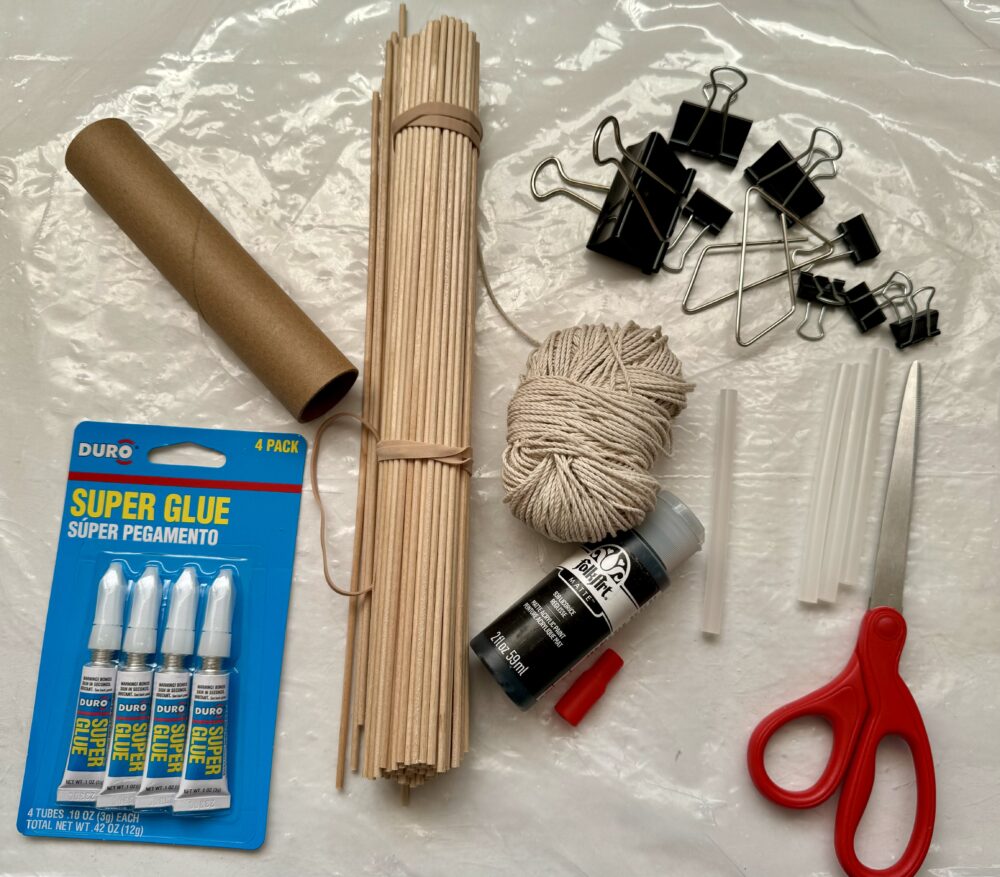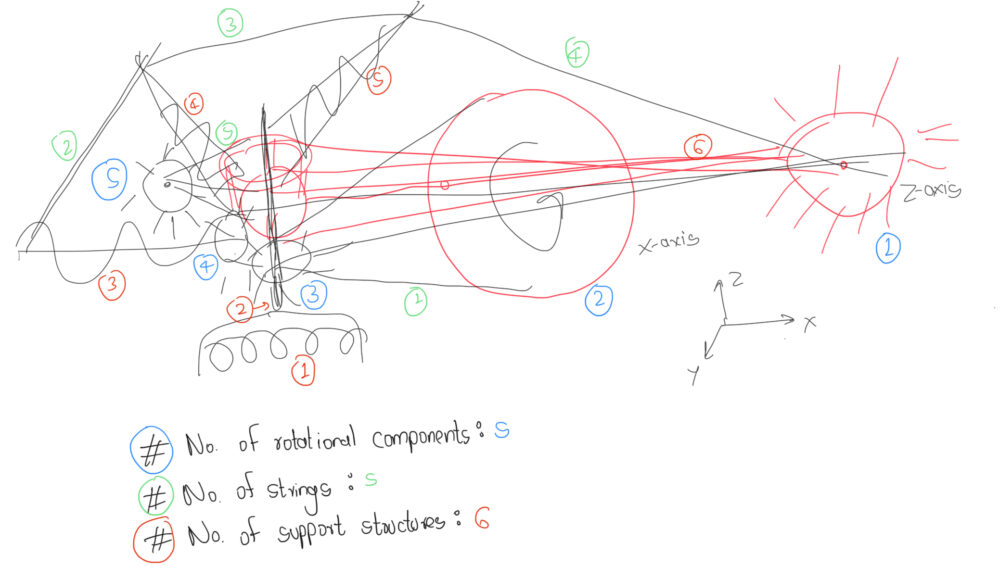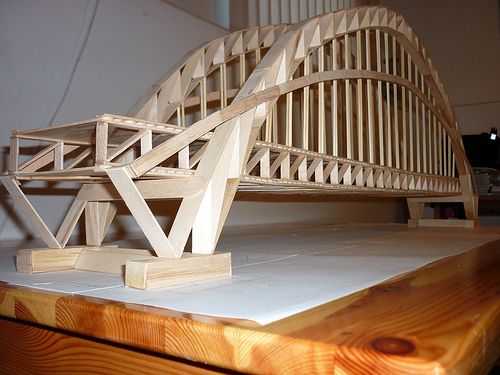I’m pleased to provide a progress report on the development of my project. As of now, I have successfully completed the procurement of all necessary materials, which was a crucial initial step in the process. This involved sourcing a variety of materials such as wooden rods and sticks, cardboard, holders, clips, strings, paints, and adhesives, ensuring that I have everything on hand to bring my designs to life. With this phase complete, I can now move forward confidently into the fabrication stage.

Next, I’ve finalized the selection of designs that will guide the creation of my artifact. These designs have been meticulously chosen to reflect the abstract and surrealistic aesthetic I aim to achieve. Each design incorporates elements of movement and visual intrigue inspired by the pseudo perpetual machines that captivated me during my visit to the MIT Museum. This selection process was both exciting and challenging, requiring careful consideration of form, function, and overall artistic impact.

Looking ahead, the upcoming tasks primarily revolve around fabrication, assembly, and testing. In the fabrication phase, I will begin by cutting and shaping materials, followed by gluing and painting to bring out the desired visual and tactile qualities of the components. This hands-on process will require precision and attention to detail to ensure that each element aligns with the envisioned designs. Following fabrication, I will proceed to assembly, where all individual parts will come together to form the cohesive whole of the artifact. This stage will involve strategic planning to ensure structural integrity and aesthetic coherence.

Once assembly is complete, the final phase will involve rigorous testing. I aim to test not only the functionality but also the artistic impact of the artifact. This will involve observing the pseudo perpetual movements and patterns generated by the mechanism, ensuring that they align with the surrealistic vision I set out to achieve. Additionally, testing will help identify any adjustments or refinements needed to optimize the artifact’s performance and visual appeal.
In summary, I’m excited about the progress made so far and eager to tackle the upcoming tasks. The journey from concept to creation has been both challenging and rewarding, and I look forward to sharing the final outcome of this artistic exploration.


2 Comments. Leave new
Hello Aryan. The most important part in my opinion is the purchasing of the materials. If the materials are off, whether it is dimensions, capabilities, or even aesthetic appeal it can ruin a project success very quickly. I was curious if you had to dive into any research when acquiring your materials, or if there were any previous materials you have worked with that make you more confident in your ability to create this project.
Hi Aryan. Glad to see you are done ordering materials as that is sometimes the largest hump to overcome! I think that you have a great plan and I’m looking forward to seeing the end result. Do you anticipate having to adjust/ change your design at all while you are assembling? Good luck!